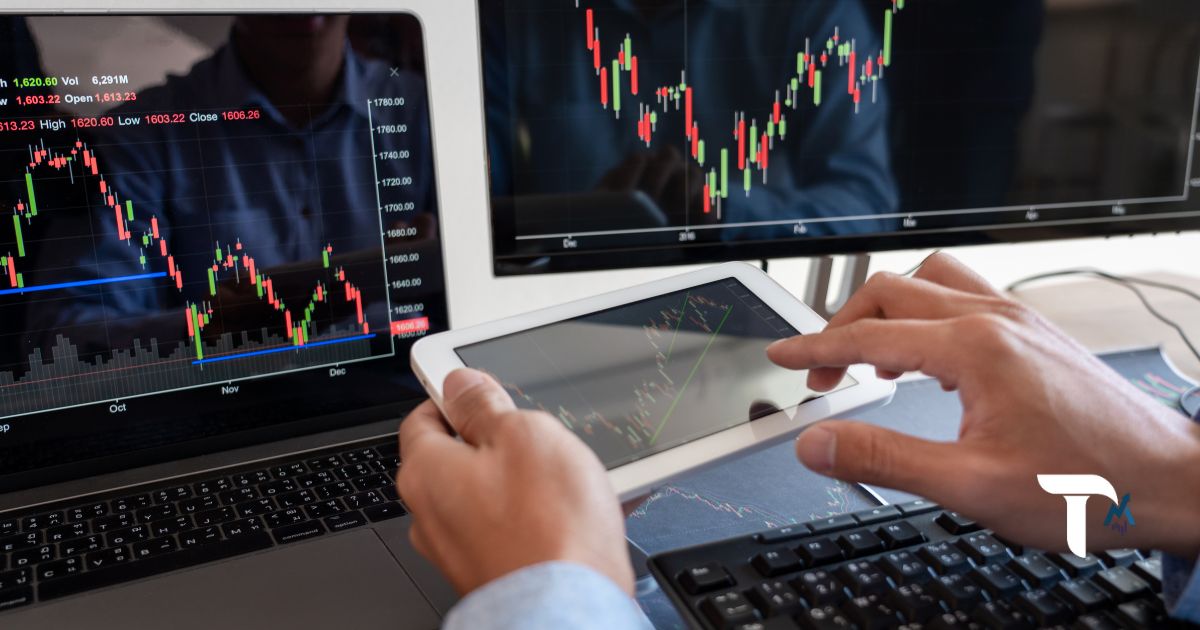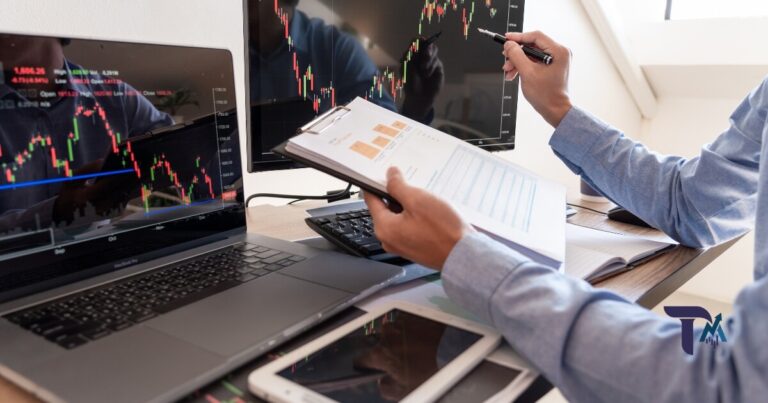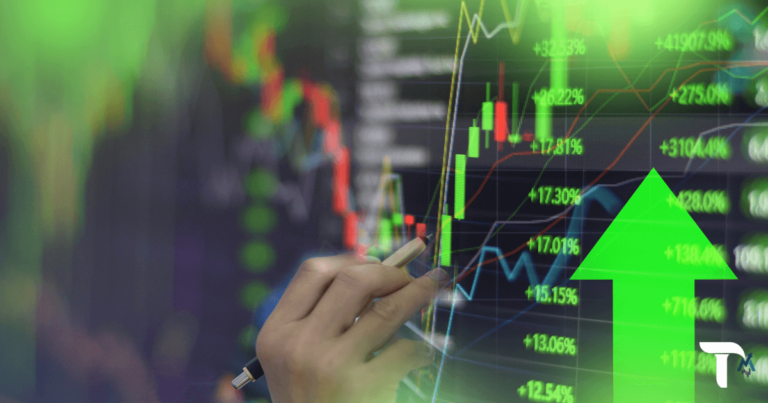How to trade Forex with technical analysis?
The world’s largest financial market is Forex, often called the foreign exchange market. Within this dynamic arena, currencies are constantly exchanged, creating opportunities for traders to profit from the fluctuations in currency prices by buying and selling different currency pairs. To navigate this complex market successfully, traders often turn to technical analysis as a valuable tool. How to trade Forex with technical analysis? In this comprehensive guide, we will delve into the intricacies of technical analysis and explore how it can be effectively employed in Forex trading.
- Stay up-to-date on market news and events. This can help you to understand the factors that are driving price movements and make better trading decisions.
- Use a trading journal to track your trades. This will help you to identify your strengths and weaknesses and improve your trading skills over time.
- Be patient and persistent. It takes time and effort to become a successful trader. Don’t give up if you don’t see results immediately.
How to trade Forex with technical analysis?
What is technical analysis?
The process of technical analysis consists of analyzing the historical price data to discover patterns and patterns which could be utilized to determine future price fluctuations. It is a prevalent instrument for forex traders since it is able to identify trading opportunities and help manage risk.
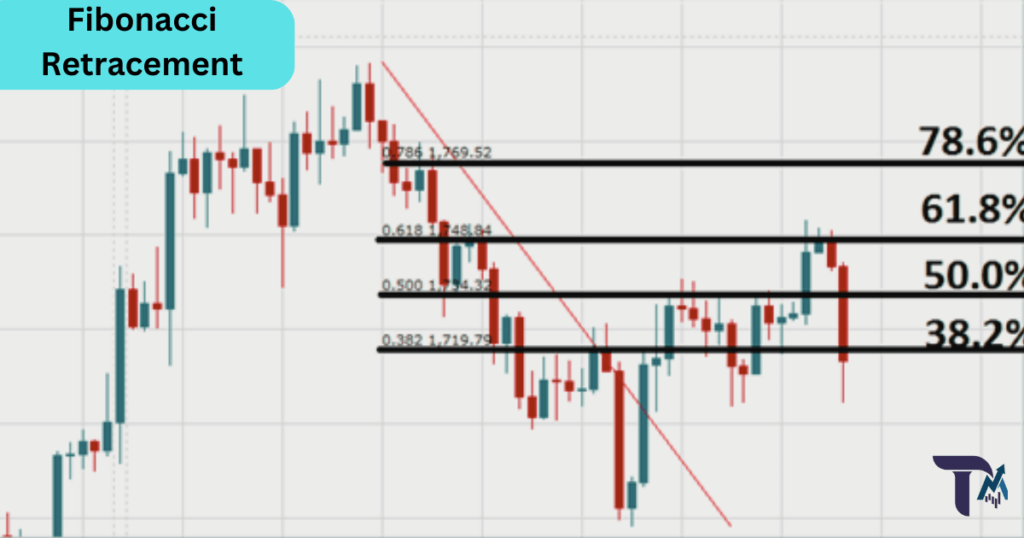
The process of technical analysis isn’t an exact science and it is crucial to be aware that the previous performance doesn’t necessarily indicate the future performance. But, it is an invaluable tool for traders who want to make informed decisions when trading.
Here are a few of the advantages of the use of technical analysis in forex:
- It will help you identify opportunities for trading.
- It can help to reduce the risk.
- It can assist you in creating your trading strategy.
- It will help you take lessons from mistakes.
However, there are other dangers associated when using technical analysis.
- It is a time-consuming skill to master and learn.
- It isn’t easy to discern solid fashions and patterns.
- It can be difficult to anticipate future price fluctuations.
If you’re thinking of the use of technical analysis in forex. In this case, it is vital to understand and research the potential risks. It is recommended that you begin by using a demo account in order to test your skills before you begin trading using real cash.
Understanding the Basics of Technical Analysis
Technical analysts utilize various tools and indicators for analyzing the price of a product, which include:
Candlestick charts Charts with candles are a kind of chart that displays the closing, opening high, low, and closing rates of an exchange rate over the course of a certain time.
Moving Averages The moving average is an indicator that follows trends which smooths out the price data and aids in discerning trends’ direction.
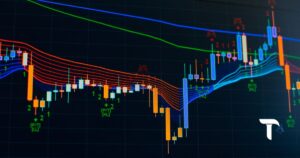
Relative Strength Index (RSI): The RSI is an indicator of momentum that measures the speed at which price fluctuations occur and their magnitude.
Bollinger Bands: Bollinger bands are a volatility indicator that helps to detect overbought and undersold conditions.
Stochastic Oscillator
The Stochastic Oscillator helps identify potential turning points in the market.
Fibonacci Retracement Levels
These levels pinpoint potential support and resistance areas based on key Fibonacci ratios.
Technical analysts employ these instruments and indicators to spot patterns and patterns in the price data. They then utilize this information to make trade decisions, like the best time to purchase or sell the currency pair.
How to Use Technical Analysis for Forex Trading
Now that we’ve covered the basics let’s explore how to employ technical analysis in your Forex trading endeavors effectively:
Choose the Right Timeframe
Selecting the appropriate timeframe is crucial. Your choice should align with your trading style and the specific opportunities you seek. Typical timeframes include daily, hourly, and even minute charts.
Identify Trends
Trends are the lifeblood of technical analysis. They represent the prevailing direction of price movements. By utilizing technical analysis, traders can identify uptrends, downtrends, and sideways trends, allowing for informed trading decisions.
Find Support and Resistance Levels
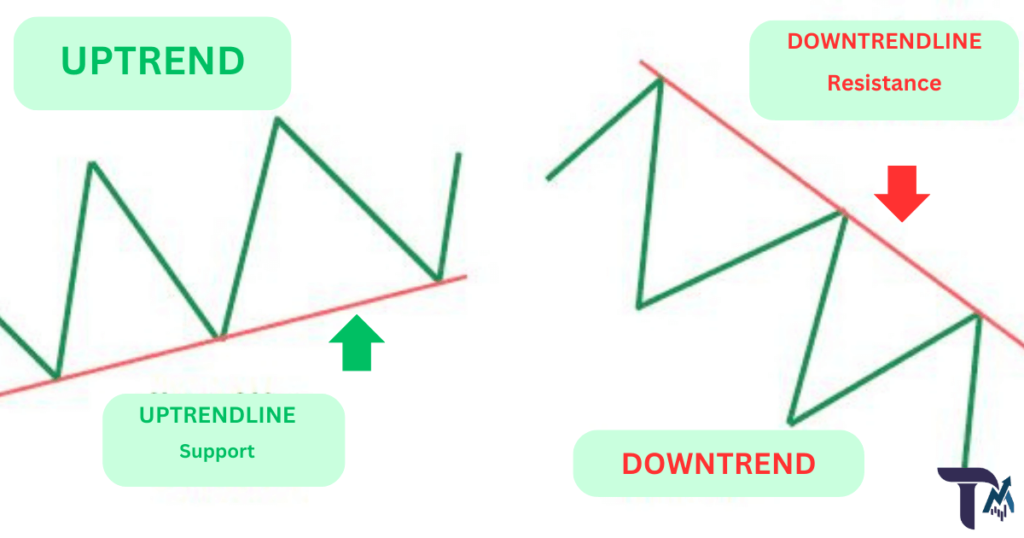
Support and resistance levels are essential concepts in technical analysis. These levels signify price points where buying and selling forces come into balance. Identifying these levels can help traders pinpoint potential entry and exit points.
Use Technical Indicators for Confirmation
Technical indicators serve as valuable tools for confirming trading decisions. They help traders validate signals generated by other elements of technical analysis and provide additional insights into market conditions. To enhance decision-making, consider using multiple technical indicators.
Tips for Effectively Utilizing Technical Analysis
Mastering technical analysis takes time and practice. Here are some essential tips to guide you on your journey to becoming a proficient Forex trader:
- Practice on a Demo Account
Before risking natural capital, practice using technical analysis on a demo account. This allows you to hone your skills and build confidence without the potential for financial losses.
- Employ Multiple Technical Indicators
No single technical indicator is foolproof. To gain a more comprehensive view of the market, combine multiple indicators to cross-verify signals and minimize the risk of false readings.
- Avoid Overtrading
Patience is vital in Forex trading. Avoid the temptation to overtrade by waiting for high-quality trading opportunities. Rushing into trades without proper analysis can lead to losses.
- Implement Effective Risk Management
Managing risk is paramount in Forex trading. Always set stop-loss orders to limit potential losses. Risking only a tiny percentage of your account balance on each trade is prudent.
Conclusion: Empowering Your Forex Trading with Technical Analysis
Technical analysis is a potent tool that can significantly enhance your Forex trading skills and decision-making. However, it is essential to understand that it is not a crystal ball and cannot guarantee profits. Success in Forex trading requires a disciplined approach, continuous learning, and the integration of various tools and strategies, of which technical analysis is valuable. By following the guidelines and tips in this guide, you can increase your chances of success in the dynamic and ever-evolving world of Forex trading.

